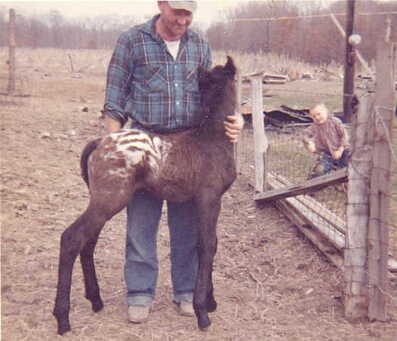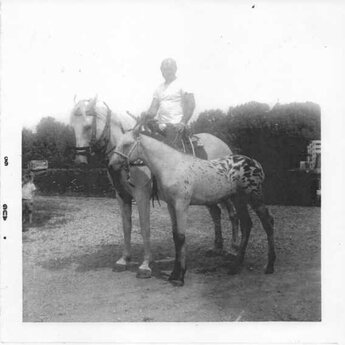Originally called McQuilkinsville, then simply Macksville or Maxville, West Terre Haute was laid out by Samuel McQuilkin on November 22, 1836. The first building had been put up in 1833, and in 1834 McQuilkin opened a general store on the National Road between present-day Third and Fourth Streets. The store proved useful to those working on the National Road and made McQuilkinsville an important town in the area. Because of the town's fertile soil, soon people started settling there as vegetable farmers. John Griggs and his son Edward put up a flour mill in 1867, but the structure was burned in 1870. The town expanded quickly, with Smith Hinch building a tavern on the National Road and Richard McIlroy building a brick general store and post office in 1872.
In 1894 citizens of the town voted to change its name to West Terre Haute.
With coal-bearing bluffs immediately to the town's north and west, coal mining became a major industry in the town. By 1906, West Terre Haute had eleven mines in operation, served by both railroads and wagon roads. These mines averaged a daily output of 2,000 tons.
The Bridgewater family moved to Indiana from Kentucky about 1855, settling first in Putnam County then moving on to Vigo County. Elias was born in Putnam County in August 1868. He worked at different jobs throughout his life, but the 1900 Vigo County census shows Elias and three of his brothers - Frank, Edward and Earl - working as coal miners.
According to the National Museum of American History,
The depth, the dark, and the dangers inherent in mining created a uniquely dangerous working environment for the miner. Miners faced death from collapsing mines, oxygen deprivation, and haulage accidents, with the specter of fatal lung disease remaining even after the miner had left the mines. But the most instantaneous and catastrophic loss of life was caused by explosions due to miner’s lamps igniting methane gas.A miner’s light was essential to their labor. Without light there was no sight, no work, and no wages. But this essential light was also lethal. Open flames could ignite the inflammable gas especially prevalent in coal mines and mining explosions with hundreds of casualties was a common occurrence in the late 19th and early 20th century. Miners often carried open flames into the mines in the form of candles and hanging lamps, and later wore the open flames of carbide lamps and oil-wick lamps on their caps and helmets. (https://americanhistory.si.edu/collections/object-groups/mining-lights-and-hats)
20th c. Canvas Mining Cap & Lamp Bracket
Elias married Susan May Cordell in Vigo County on 27 October 1889; after Susan's death in 1900, Elias married Laura May Higgins on 12 Marchh 1905 also in Vigo County. They were the parents of my great grandmother, Bessie Doris Bridgewater who was born 18 January 1914.







